ECONOMIC ASPECTS OF THE ORINOCO MINING ARC - [eng]
The main characteristic of this Strategic Zone is the high concentration of minerals it offers; gold, diamond, coltan, bauxite, iron, dolomite, among others, all considered strategic for the development of the national economy since minerals are the raw material of numerous elements given their physical-chemical properties and the versatility of their use. It goes from construction of buildings to the elaboration of computers and electronic equipment.
The extraction of coltan (abbreviation of columbita-tantalio), also called "blue gold", represents a great opportunity for the economic growth of the country, since this is a strategic mineral highly quoted in the electronic, military and aerospace industry, it is widely used in the latest-generation tantalum capacitors, which are indispensable in cell phones, global positioning systems, satellites, guided missiles, and all electronic devices, however, a detailed process of prospecting and evaluating reserves is still lacking of this mineral.
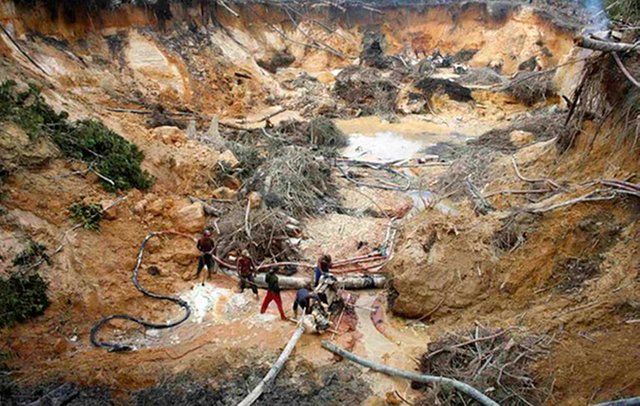
It should be borne in mind that when dealing with minerals we are faced with a condition of non-renewableness, for which authors such as Rudas (1998) emphasize the condition of sustainability of these resources; the extraction of minerals to link them to economic activity implies a reduction in the available stock in its natural state, so that sustainability is associated with the income generation capacity derived from the extraction of said resources.
Since the availability of the resource for its extraction and subsequent incorporation into the economy is limited by its time of self-renewal (some minerals may take thousands of years to renew), the income obtained must be invested in productive activities and thus the income generated by the Extraction can extend beyond the availability of the resource that was the source of income. Below are some of the most relevant economic aspects related to the Orinoco Mining Arc.
Mining in Venezuelan PIB
Despite the large amounts of minerals found in the Venezuelan subsoil, its exploitation has not represented a significant contribution to the growth of the Gross Domestic Product (except oil). In recent years, economic activity related to mining has shown a sustained decrease.
Until 2014, official figures issued by the BCV are available, so the weight of mining activity in Venezuela, in terms of GDP, during the last 3 years is unknown.
The participation of the mining sector within the GDP has never been really significant, during the period 1997-2014 the average calculated on the basis of the official figures shows a participation of 0.59%. As of 2003, this participation began to decrease from 0.79% to 0.32 in 2014. Despite the lack of information regarding the last years, figures estimated by the National Assembly indicate that for 2015 the participation it was 0.35% and for 2016 the contribution of mining to GDP would barely reach 0.004%.
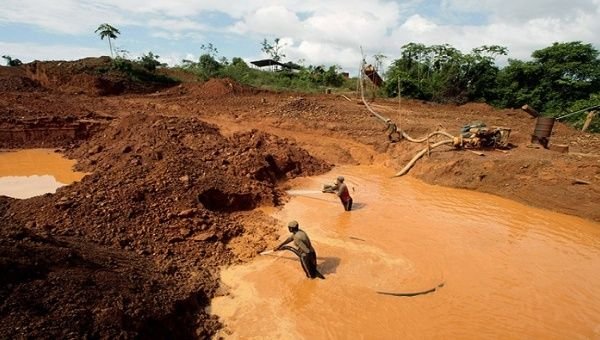
Contributions from the Mining Arc to the Central Bank of Venezuela
Data offered by the Ministry of Ecological Mining Development totalizes a contribution of 8.5 tons of gold at the end of 2017. The first delivery was made for 200 kg of gold (April 2017) and the monthly average was 1,500 kg. This institution indicates that the extracted gold will form part of the nation's reserves in order to contribute to the development and diversification of the national economy.
The purpose established for the end of the year is to extract 24 tons of gold, of which 7.7 tons have already been delivered to the BCV reserves, which translates into 340 million euros according to the Ministry's calculations.
In addition to the income expected to be obtained through gold, diamonds and other minerals extracted, reports from the Ministry of Development of Ecological Development indicate that it is estimated to obtain more than 29 billion Bs through the collection of extraction tax and royalties to mining activities, however, the percentage of collection has not been detailed and there is very little information regarding the tax system.
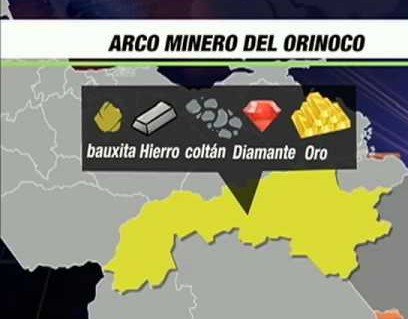
Foreign investment in the mining sector
At the international level there has been a notable interest in the exploitation of the mining arch. More than 150 companies from China, Russia, the Congo, Saudi Arabia, South Africa, Canada, the United States, England, Germany and Switzerland, among other countries, expressed their interest in the exploration and exploitation of this strategic area, among which find the Faoz Corporation; whose alliance will be for the exploitation of tantalum and niobium deposits and the company Gold Reserve; for the exploitation of gold and copper in the Las Brisas-Las Cristinas mine, I feel this is the largest gold deposit in Latin America. It should be noted that this concession was revoked in 2009 and the International Center for Settlement of Investment Disputes ordered the Venezuelan State to pay compensation for 740 million dollars, this concession was returned in order to avoid canceling this debt.
For the nickel and coal mining areas, strategic alliances were established (the identity of the companies involved is unknown) whose investments cover 580 million dollars, and its purpose is to invest them in the national companies of the coal sector, for their recovery in a period of three (3) years.
Regarding the exploitation of coltan, the investment is around 4 billion dollars and the installation (with international alliances) of joint ventures is expected, among which is the Mixed Ecosocialist Company Siembra Minera, SA, constituted by the Venezuelan Mining Corporation and GR Mining of Barbados, the Minera Metales del Sur; in partnership with Energold Minerals Inc., the Minera Ecosocialista Parguaza, S.A; together with Corporación Faoz C.A and Oro Azul S.A; in alliance with Supracal C.A. Regarding participation in these joint ventures, 55% corresponds to the State and 45% to private investors.
By August 2016, the National Executive totalized investments made around 20,000 million dollars, from private partners. To date there is no information of financial contributions made by the Venezuelan Government, only of the concessions that have been granted.
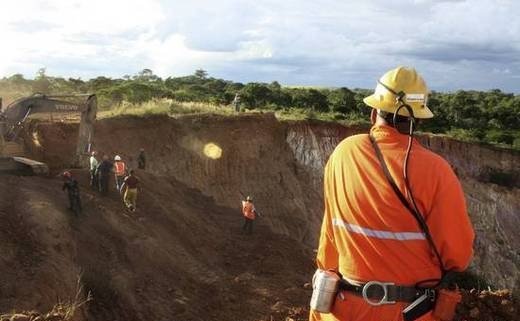
Tax aspects
Through the National Constituent Assembly the Law of the Tax Regime for the Development of the Orinoco Mining Arc was approved, whose legal context is within the Law of Special Economic Zones and implies an important transformation of the mining tax system. Among the most notable features we can highlight that the collection of taxes will be in charge of the Central Bank of Venezuela and the presidency of the republic, in turn, the president is granted the power to designate a percentage of arbitrary collection to each subject that It intervenes in the project of the Orinoco Mining Arc and is also allowed to exonerate totally or partially those individuals from the payment of Income Tax.
The framework of the tributary regime of the mining arch is governed by the eight (8) articles belonging to the Law of the Tax Regime for the Development of the Orinoco Mining Arc, and it is important to highlight that article 5 of said law establishes that most of the the taxes will be allocated to the acquisition of new technologies in terms of research, industrial safety, protection and environmental sanitation.
Institutional setting
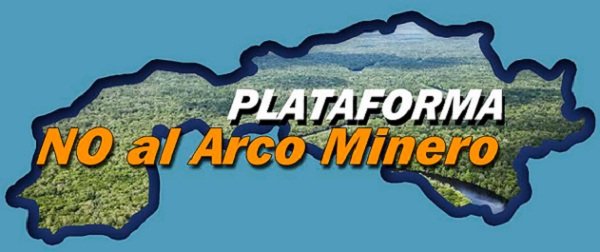
The institution that is the governing entity of the mining activity in the country is the Ministry of Popular Power for Ecological Mining Development; It was created by presidential decree No. 2,350 and manifests itself as responsible for compliance with the political, social and technological guidelines issued by the National Government for the efficient, fair and sovereign use of the nation's natural resources.
In March 2014, as an essential part in the recovery of territorial order, especially with regard to illegal mining, the Presidential Commission is created for the protection, development and integral promotion of the licit mining activity. Similarly, in September 2014, through a decree, the ministries of Environment, Housing Habitat and Ecosocialism were merged, then, on December 30, 2015, the Organic Law that Reserves the State the Activities of Exploration and Exploitation of Gold was enacted. and other Strategic Minerals and the Law of Integral Regionalization for the Socio-productive Development of the Homeland, both are promoted as basic instruments of an economic model based on mining-extractivist dynamics.
It is important to point out that within the Organic Law that reserves to the State the Activities of Exploration and Exploitation of Gold and other Strategic Minerals, an audit or control mechanism is not established to the respective executive decisions to the Mining Arc, either citizen or through the public powers, and although the indigenous communities and small-scale miners are mentioned, these have no real impact on the decision-making or orientation of the national mining policy.
Publicado en el blog de Cryptofera